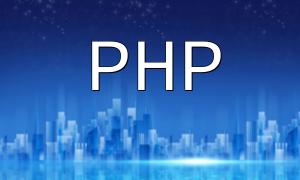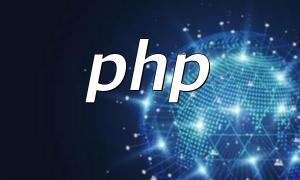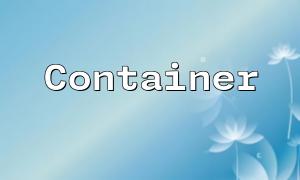PHP is a popular server-side scripting language whose capabilities often rely on various extension modules. Properly configuring PHP extensions can not only enrich website features but also optimize performance and enhance security. This article will guide you through easily configuring PHP extensions within cPanel.
PHP extensions are modules that add extra functionality to PHP, covering areas such as database connectivity, image processing, and encryption. In cPanel, you can flexibly enable or disable these extensions to ensure your website runs efficiently and stably while meeting specific requirements.
First, log in to your cPanel account. On the homepage, find the “Software” section and click on “Select PHP Version.” This page displays your current PHP version along with a list of available extensions.
Choosing the right PHP version is critical. Newer versions generally include more features and security fixes. Use the dropdown menu to select a PHP version compatible with your website that supports the required extensions.
On the PHP version page, you will see a list of all available extensions. Check the boxes for the extensions you want to enable and uncheck those you wish to disable. This allows you to adjust functionality according to your needs.
The following extensions are widely used on many websites; enable them as needed:
mysqli: Provides support for MySQL databases.
gd: Enables image processing capabilities.
mbstring: Handles multibyte string processing, suitable for multilingual environments.
curl: Facilitates server-to-server communication and data transfer.
After selecting the extensions, be sure to click the “Save” button to apply your changes. Then, visit your website to confirm everything is working correctly. If issues arise, check the error logs for troubleshooting.
Mastering how to configure PHP extensions in cPanel allows you to flexibly adjust your website’s functionality and performance based on different needs. It is recommended to regularly review and update your extension settings to maintain a secure and efficient website.










